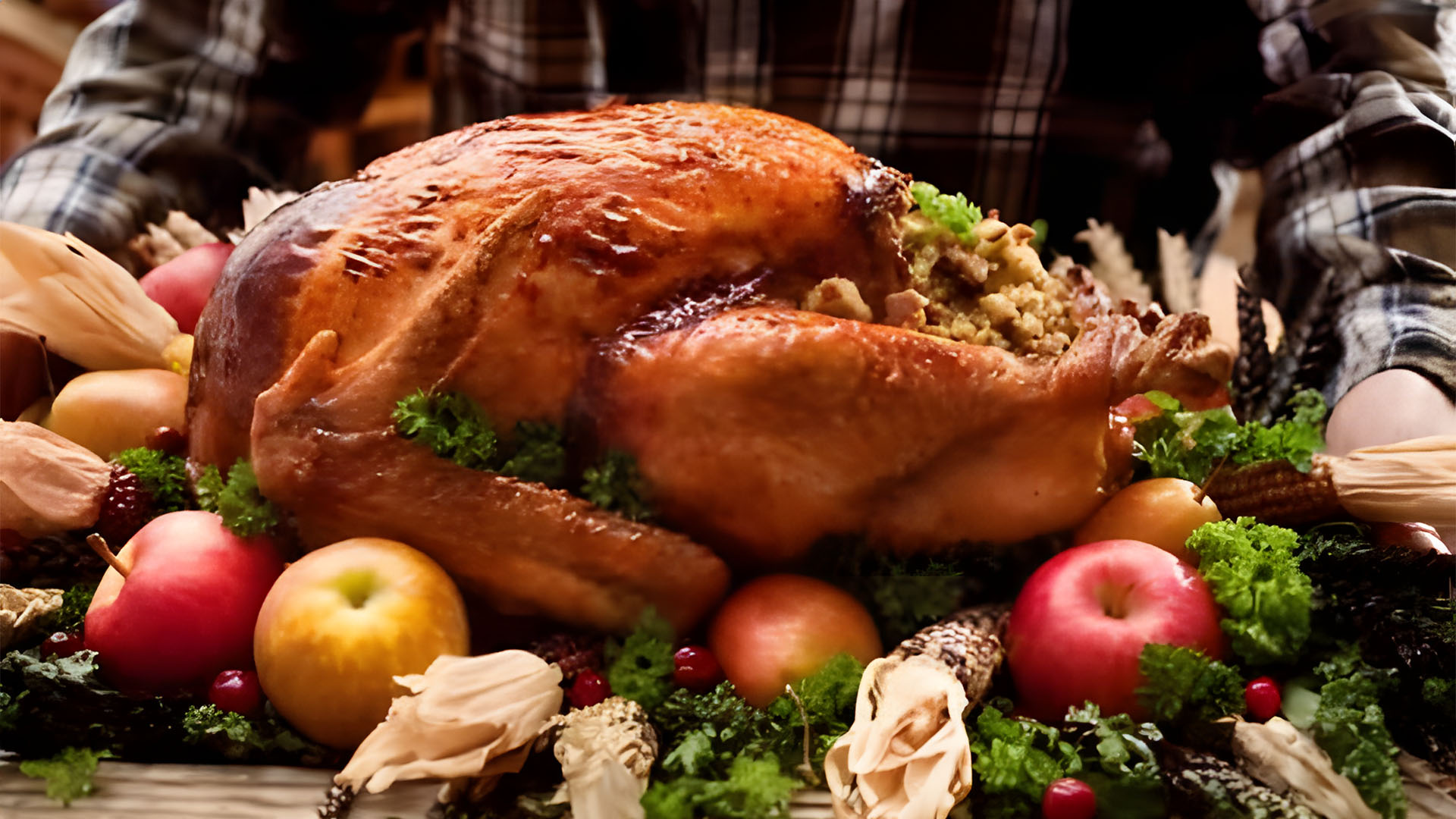
By now the idea that birds represent the only surviving members of the once vast and diverse dinosaurian lineage has become common knowledge. Those dino nuggets on a toddler’s plate have more dinosaur in ‘em than we once thought, right? But a lot can happen to animal lineages during a 65-million-year span, so how dinosaurian was your Thanksgiving turkey after all?
Scorecard: theropod dinosaurs and modern birds are the only animals known to have wishbones, but they used them in completely different ways.
Scorecard: as Thanksgiving sometimes proves, belonging to the same lineage doesn’t necessarily translate to anatomical or behavioral similarity. Turkeys have some very undinosaurlike features, including their shoulders.
Scorecard: that we find similar structures in animals that look so radically different as brontosaurs and birds strengthens the case that they belong to the same lineage in one way or another.
—Jeff Bond
Works cited:
Subscribe to our newsletter of follow us on the social channels to stay tuned.
© 2023 Dinosaur Park • All Rights Reserved.